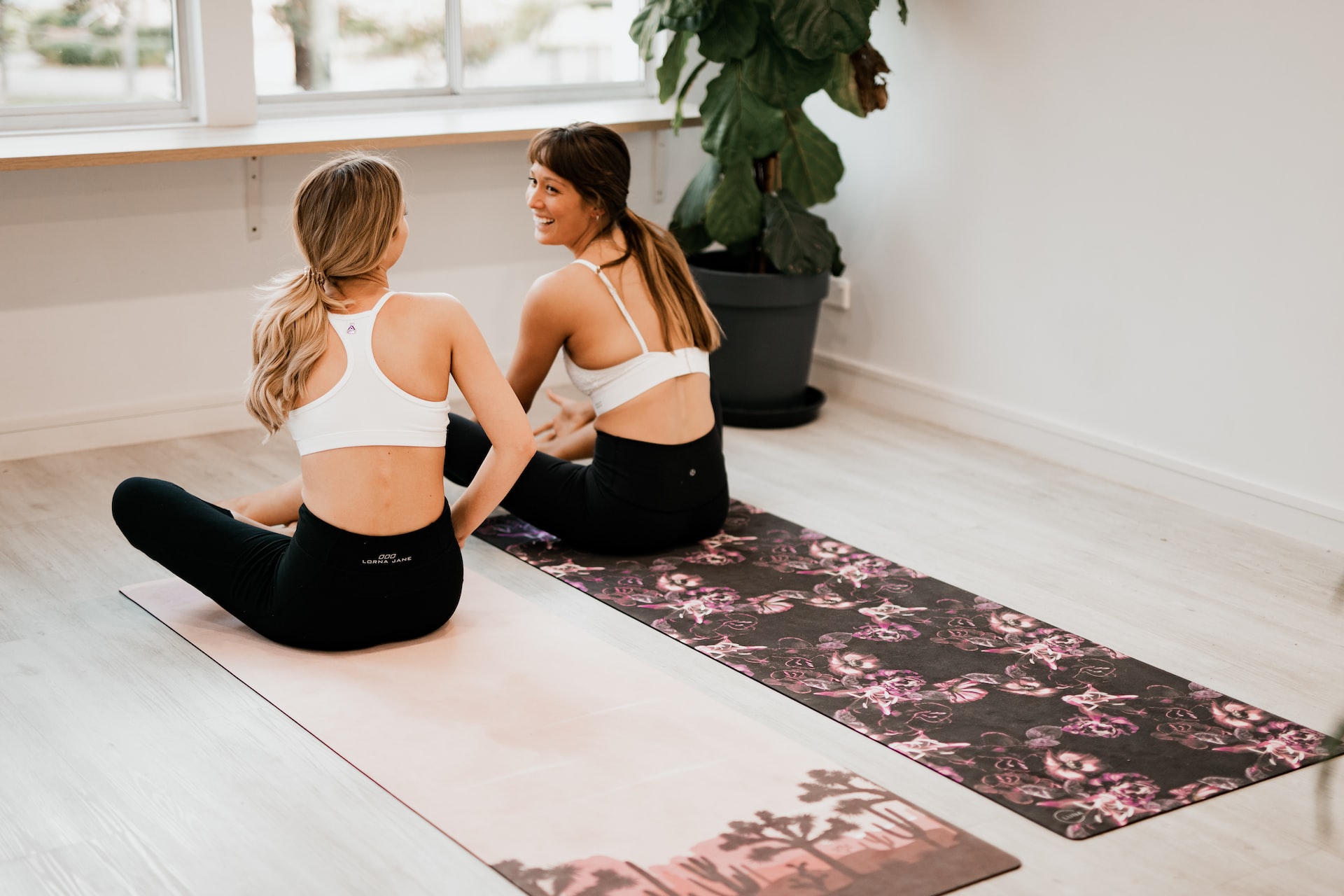
Body + Mind is reader-supported. We may earn an affiliate commission when you buy through some of the links on our site.
You might have read articles lauding yoga’s benefits for physical and mental health. If you are in therapy, your counselor or psychiatrist may have recommended the practice as a complementary treatment. Research shows it is an effective regimen for disorders like depression, but does it work for everyone?
Enter integrated yoga therapy. This new modality features small group or individualized instruction to personalize a routine that fits your specific needs. It’s perfect for those with chronic conditions that limit mobility and those with emotional wounds that require nurturing to heal.
Are you curious to learn more about this holistic health practice that could transform your life? Here’s what you need to know about integrated yoga therapy and advice for getting started.
Integrated yoga therapy began in 1993. It was the brainchild of Joseph LaPage, a Kripalu teacher who completed graduate-level work in experiential education. It’s now used in hospitals, community and senior centers, rehabilitation facilities and corporate settings.
Unlike traditional yoga classes, all practitioners receive a basic education in how the practice affects their body and mind. You’ll learn how the following components of integrated yoga therapy interact to encourage genuine healing:
It’s not unusual for integrated yoga therapy sessions to include mini-lectures about physiology, including how bodily conditions influence the mind and vice-versa. You’ll receive an in-depth education about practices you can carry on beyond the studio, such as dietary modifications, that also support healing.
Integrated yoga therapy has multiple benefits. The individualized format is one of the most vital for those who have stayed away from traditional classrooms out of shyness or intimidation. It might seem overwhelming to step inside a yoga class spilling over with participants, and those with health conditions often hesitate over the fear of embarrassment. However, they welcome a one-on-one interaction with a trained guide or a smaller class with others with similar health concerns.
Integrated yoga therapy is ideal if you experience any of the following conditions.
People with chronic pain often grow weary of their physicians saying, “You need to work out.” However, doctors don’t receive much training in exercise physiology or nutrition and often can’t empathize with the struggles that folks in this population experience. As a result, many start a program, find it excruciating and quickly quit without exploring other options.
Integrated yoga therapy allows you to work one-on-one with your guide to discover a routine that challenges you without increasing your pain levels. Your training should feel both invigorating and relaxing, with your instructor modifying poses and personalizing your practice to achieve these aims.
Brain injuries can devastate a life, leaving you outwardly appearing normal while impeding your ability to perform everyday tasks. Integrated yoga therapy works closely with you to build new neural pathways. It can help you recover some or all of your previous range of motion, free from any curious but intimidating stares you might encounter in classes with those who don’t understand your condition.
People with PTSD and C-PTSD have nervous systems that learn to respond to normal stimuli in maladaptive ways after exposure to traumatic experiences. Integrated yoga therapy helps by engaging your neuroplasticity and helping to rewire those channels. It also teaches you to cope with stressful stimuli without becoming overactivated or engaging in maladaptive responses. Your guide respects your boundaries concerning touch and reassures you that you are safe while in session.
While society may classify depression and anxiety as mental disorders, they have physical consequences, including keeping people from getting sufficient activity. Depressed individuals may struggle with low energy that keeps them out of traditional classes, and those with social anxiety may understandably stay away from crowded classrooms. Integrated yoga therapy meets the individual where they are at, gently coaxing them to the movement that ultimately helps them feel better. They may use slower-paced restorative techniques when sadness makes limbs feel heavy or utilize energetic vinyasas to dispel excess tension.
Your journey begins with finding the right guide. These professionals are certified, receiving an extra 800 hours of training beyond their yoga credentials. Ask your instructor where they received their education.
Integrated yoga therapy can cost more than traditional classes, thanks to the individualized experience. However, it’s still far more affordable than most conventional medical treatments. Furthermore, those with HSAs can use their funds to pay for services, and some limited insurers may offer coverage.
Like any yoga class, you’ll need the right equipment to maximize your experience. Here’s a short list of what you’ll need:
Now that you know what it can do, is this modality right for you? It could be the secret ingredient you need to bring about genuine healing.
The beautiful part about integrated yoga therapy is that it teaches techniques you can use as effective coping skills long after you leave the studio. If you’re interested in lifelong wellness but stay away from the gym because of medical or mental conditions, integrated yoga therapy could be the start of a healthier new you.
Your email address will only be used to send you our newsletter, and at any time you may unsubscribe. For more information, see our Privacy Policy.